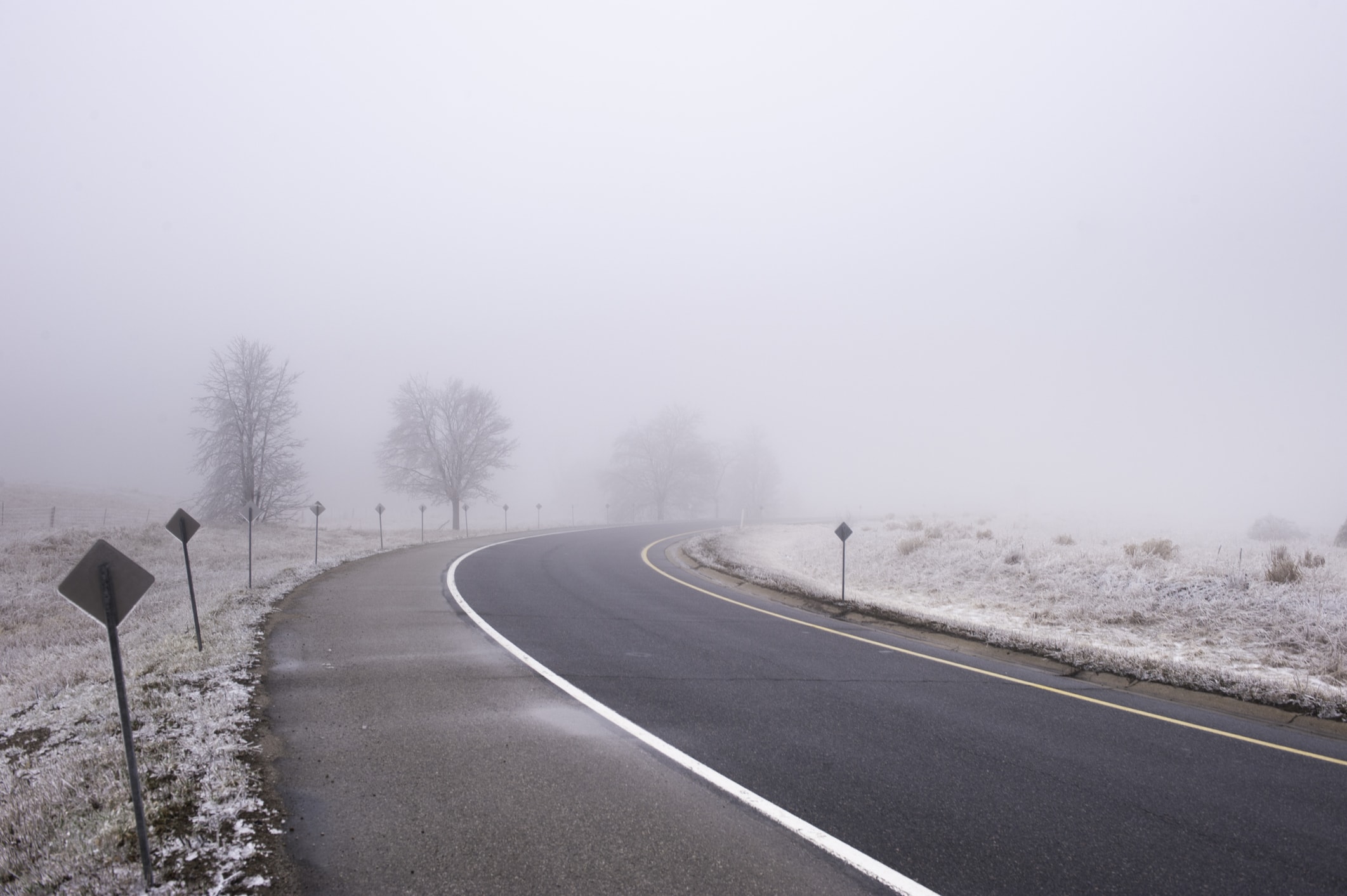
Black ice is arguably one of the biggest driving hazards you can face in the winter months. This thin coating of almost invisible, transparent ice poses danger for even the most capable of drivers, and is notoriously difficult to spot, so is practically unavoidable as a result.
When you’re planning a journey this winter, it’s a good idea to firstly take time to equip yourself with all the information you need to get through this hazard safely should you happen to come across it. These four tips could save your vehicle, and even your life:
1) Know what you’re looking for
Black ice is created when drizzle falls onto a road or pavement thats temperature is below freezing, and can be easily confused with a puddle, or new asphalt. You need to be on the lookout for glossy, dark, and wet-looking patches, particularly on tree-covered roads that lack direct sunlight, or under overpasses or bridges.
2) Plan ahead
Before you travel, check both weather, and road reports. Black ice often forms immediately after a winter storm has cleared, and warm air is melting the snow, bringing it into contact with freezing road surfaces.
Evenings and mornings are a known danger zone for black ice accidents, so try to travel during daylight hours if possible.
3) Drive carefully
The surest way to stay safe when driving on icy roads, is to reduce your speed, and to know how your car responds in a variety of extreme weather conditions. Practice maneuvering slowly in icy parking lots before getting out on the road, as well as familiarizing yourself with your vehicle’s braking system, and safety features.
Stay back from the car in front when you’re driving, in case either of you need to make a sudden stop.
4) Be prepared
Ensure your vehicle is either equipped with winter tires, or snow chains to get the best traction and grip when you’re out on the roads this winter. In addition, check the air pressure of your tires regularly, and keep on top of vehicle maintenance.
If your car does hit black ice, it’s crucial you remain calm, and don’t hit the brakes. Slowly take your foot off the accelerator, and slow down as much as possible until you can find a safe place to park up. Above all, don’t panic, and be prepared.
Lastly, be sure that you are covered with a sound auto insurance policy in the event that you’re involved in an black-ice related auto accident.